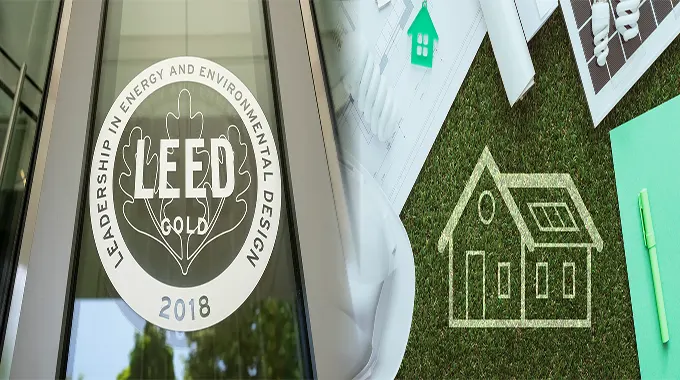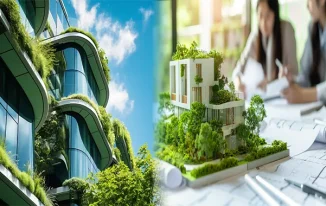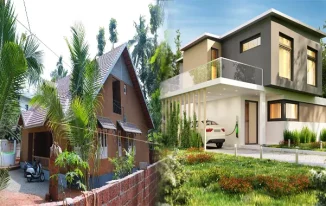In an era where sustainability and environmental consciousness are at the forefront of design and construction, achieving green building certification has become a significant goal for many developers and building owners. Leadership in Energy and Environmental Design (LEED), developed by the U.S. Green Building Council (USGBC), is one of the most recognized and widely used green building certification programs worldwide. Understanding the certification requirements and process for LEED is essential for those looking to demonstrate their commitment to sustainable building practices.
LEED Certification Levels and Categories:
LEED offers various certification levels based on the number of points achieved through sustainable design and construction strategies. The levels include Certified, Silver, Gold, and Platinum, with Platinum being the highest level of achievement. Projects are evaluated across different categories, including Sustainable Sites, Water Efficiency, Energy and Atmosphere, Materials and Resources, Indoor Environmental Quality, and Innovation in Design.
LEED Certification Process:
- Registration: The first step in pursuing LEED certification is to register the project with the USGBC. During registration, project teams select the applicable rating system and provide project-specific information.
- Documentation: Project teams must document compliance with the various prerequisites and credits outlined in the selected rating system. This involves providing evidence and documentation to demonstrate how sustainable strategies have been incorporated into the project.
- Submission: Once documentation is complete, project teams submit their application for review by the USGBC. The review process includes a thorough evaluation of the project’s compliance with the certification requirements.
- Review: The USGBC reviews the project documentation and awards points based on the achievement of prerequisites and credits. The total number of points determines the certification level attained by the project.
- Certification: Upon successful review, the USGBC issues the LEED certification, indicating the level of achievement (Certified, Silver, Gold, or Platinum). Projects are then recognized for their commitment to sustainable practices and environmental stewardship.
LEED Certification Requirements:
To earn LEED certification, projects must meet specific prerequisites and earn a minimum number of points across different credit categories. Requirements may include:
- Implementing sustainable site planning practices
- Enhancing water efficiency through efficient fixtures and irrigation systems
- Optimizing energy performance through energy-efficient design and systems
- Incorporating environmentally preferable materials and resources
- Enhancing indoor environmental quality for occupant comfort and well-being
- Demonstrating innovation in sustainable design and construction practices
Benefits of LEED Certification:
Achieving LEED certification offers numerous benefits, including:
- Recognition as a leader in sustainable building practices
- Potential cost savings through energy and water efficiency
- Improved indoor environmental quality for occupants
- Enhanced marketability and value of the building
- Contribution to environmental conservation and community well-being
Navigating the green building certification requirements and process for LEED is a significant undertaking, but one that can yield substantial rewards in terms of sustainability, cost savings, and market recognition. By embracing the principles of LEED certification and integrating sustainable design strategies into their projects, developers and building owners can play a vital role in creating a more sustainable future for generations to come.














